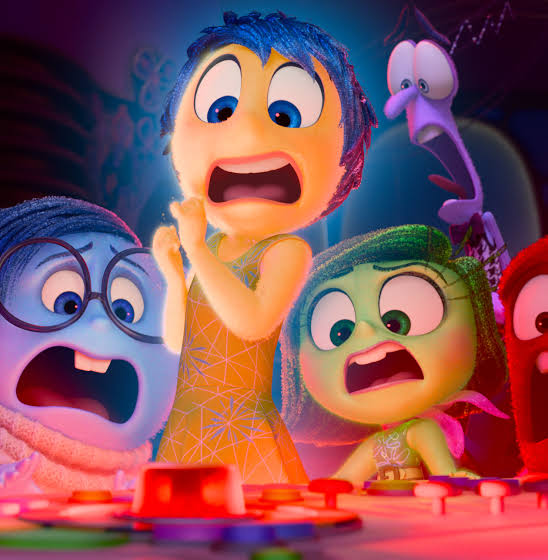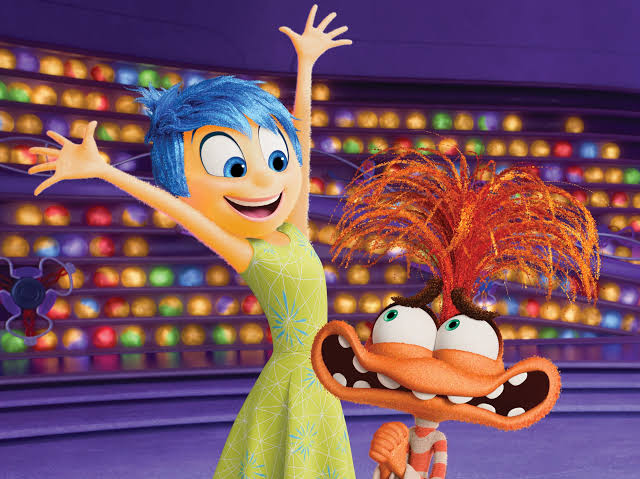Movie review: Inside Out 2
Inside Out 2, the sequel to Pixar’s acclaimed 2015 animated film, delves deeper into the complexities of adolescence. Directed by Kelsey Mann, the story returns to Riley’s mind as she navigates her teenage years, introducing new emotions while continuing the internal and external conflicts of growing up.
Plot Summary
The story takes place during a hockey camp, where Riley faces pressure to impress older teammates and secure her place on the team. This intense social environment introduces new emotions like Anxiety (Maya Hawke), Envy (Ayo Edebiri), Ennui (Adèle Exarchopoulos), and Embarrassment (Paul Walter Hauser). Anxiety becomes a central figure, attempting to reshape Riley's mindset to cope with the perceived challenges of high school. The familiar emotions—Joy (Amy Poehler), Sadness (Phyllis Smith), and others—find themselves sidelined as Riley confronts these new emotional realities.
Unlike the original film, which explored the necessity of accepting sadness, this sequel examines how anxiety, when managed healthily, can serve as a protective and motivating force. The movie emphasizes self-awareness and authenticity as essential tools for coping with adolescence.
Themes
The film expands on themes from its predecessor, such as emotional complexity and personal growth. It highlights the impact of societal expectations and peer pressure on identity formation. Additionally, Inside Out 2 focuses on the idea of learning to coexist with difficult emotions, showing how they can guide rather than hinder personal development.
Visuals and Humor
The movie’s animation is vivid and inventive, further expanding the inner workings of Riley’s mind. New areas like her belief systems are visually stunning, and humor is integrated seamlessly. Highlights include quirky characters like a talking fanny pack and Nostalgia, a dismissed figure who adds charm and levity.
Reception
Critics have praised the film for its emotional depth and relatability. Anxiety’s portrayal resonates with audiences, especially in today’s context of heightened mental health awareness. While some new emotions lack the emotional weight of characters like Bing Bong from the original, the film compensates with engaging storytelling and humor. The exploration of adolescence is described as both heartfelt and universal.
Strengths and Weaknesses
Strengths: Thoughtful exploration of anxiety, visually creative mindscapes, strong humor, and a relatable narrative.
Weaknesses: Some repetitive themes and less memorable new characters.
Conclusion
Inside Out 2 is a worthy sequel that retains the charm of the original while exploring the challenges of adolescence with depth and humor. It’s a poignant reminder of the importance of emotional balance and self-acceptance, making it a must-watch for audiences of all ages.





.jpeg)
Comments
Post a Comment